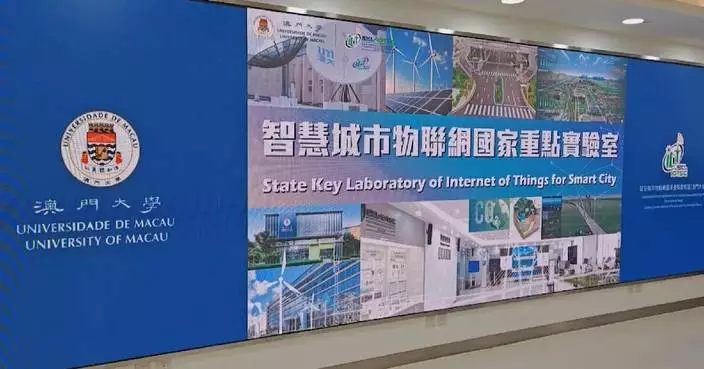Distinctive wedding ceremonies in an ethnic Tajik county in northwest China's Xinjiang Uygur Autonomous Region showcase vibrant cultural heritage passed down through generations.
Inscribed on the national intangible cultural heritage list in 2008, the wedding customs of the Tajik ethnic group in Taxkorgan Tajik Autonomous County in the far west of Xinjiang region maintain unique traditions and could be aptly described as festivals of music and dance.
Lasting for three days, the traditional ethnic Tajik wedding is a grand occasion containing various rituals including the proposal, engagement, drum blessings, and the ceremony, and is typically held in autumn.
On the first day of the wedding, friends and relatives dress up in their finest clothes and bring gifts to congratulate the newlyweds, with guests gathering in the courtyard to beat drums, sing, and dance.
"This is an important feature of our ethnic Tajik wedding ceremony. You can see two people beating the drum, two playing the eagle flutes, and two dancing. It symbolizes that good things come in pairs," said a staff member who works for the county's communication department.
During the ceremony, white flour is sprinkled on the groom's shoulder as a blessing, as ethnic Tajiks consider white flour to be a symbol of purity.
On the second day of the wedding ceremony, the groom goes to the bride's home accompanied by a married young person and a group of unmarried youths while musical instruments are played and wedding songs are sung.
The bride and groom wear rings tied with red and white ribbons on their fingers, symbolizing good fortune and happiness. The bride is veiled with a red scarf and a long piece of gauze, holding a handkerchief with elegant embroidery in her hand.
"The patterns on the handkerchief are all handmade embroidery. In ethnic Tajik culture, the handkerchief is a token of affection, so she will give this to the groom," explained the communication department staff member.
The celebrations usually last until midnight on the third day of the wedding ceremony, and the bride's gauze will be unveiled three days after the wedding.
The handmade embroidery on the wedding dresses of the bride and groom has also been included in the national intangible cultural heritage list because of its unique charm.
The inheritor of this skill said the patterns on the dresses often feature natural landscapes, which are inspired by ethnic Tajik people's daily lives.
"The bride's dress and coat are adorned with embroidery created by ethnic Tajik embroiderers. The patterns typically draw inspiration from daily life, such as mountains, water, the sun, and flowers, grasses and plants. These elements are abstractly represented in the embroidery on the clothes," said the inheritor's translator.

Three-day wedding ceremonies filled with song, dance reflect ethnic Tajik traditions









